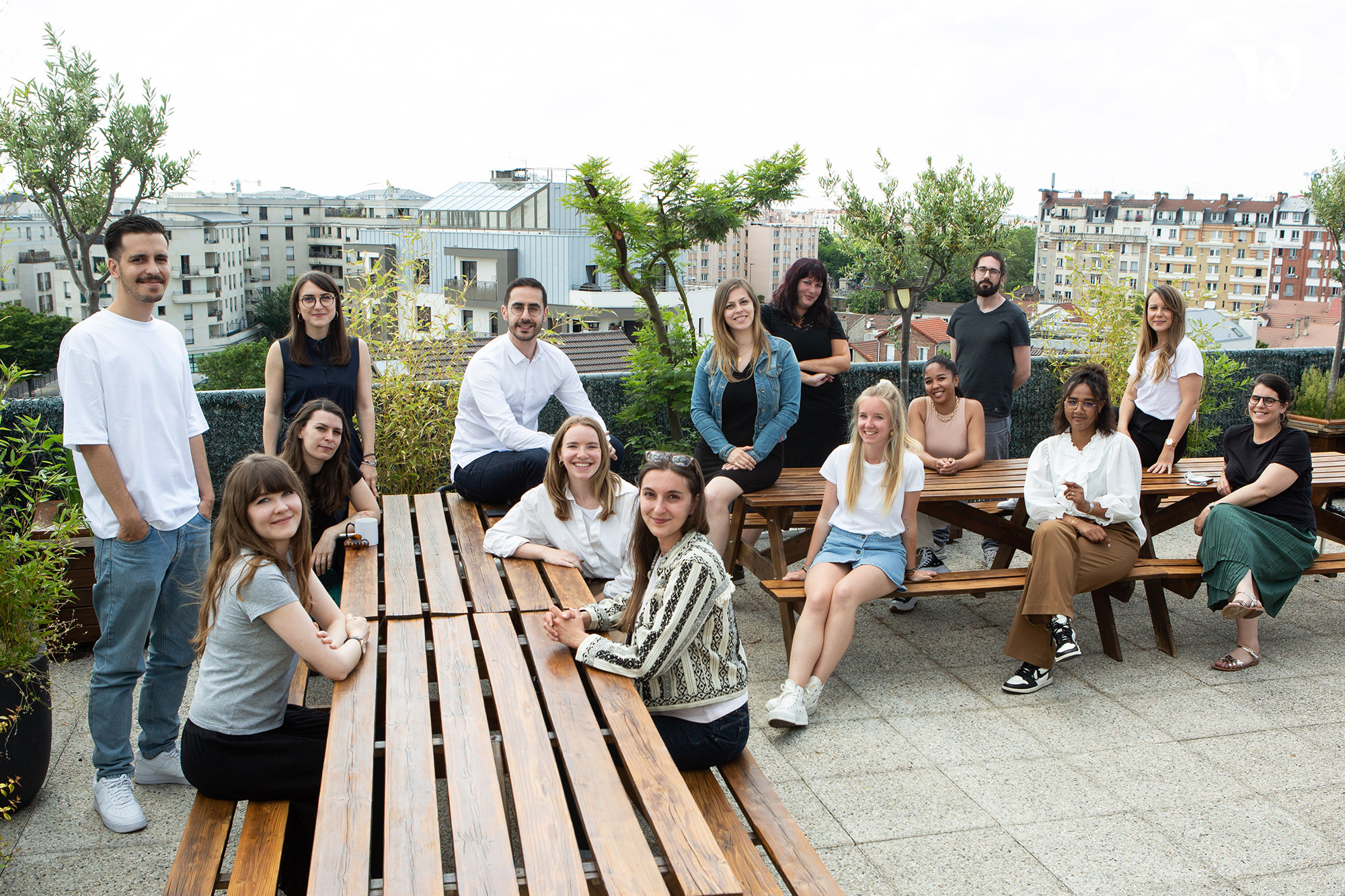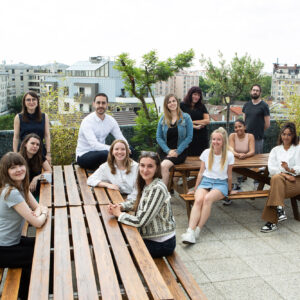While some advertisers insist on paying for big names, more and more well-known advertisers are opting for the agility and expertise of small communication agencies (structures with less than 50 employees). The digital agency market is very fragmented and competition can be fierce, both in terms of expertise and communication strategy – including community management, content management, SEO, SMO, and SEA experts – and in terms of pricing. To explain this phenomenon, let’s go behind the scenes of digital communication agencies in France ⬇
“Go big or go home” – Is it really in your best interest?
Often based in smaller offices where employees sit close to one another, teams from human-sized communications agencies communicate more easily than those at their illustrious competitors. Smaller teams are, by default, closer to each other and forced to learn to work in sync. For clients, this means improved efficiency and therefore lower costs! With less cumbersome processes in place, information passes more quickly from one team to the next, thus promoting better project coordination.
This exceptional agility is the first asset of human-sized agencies. In a digital world where the pace is becoming increasingly fast, saving time is synonymous with success and savings for advertisers.
Agencies too big for their own good?
The organization, coordination, and processes of large structures are too heavy, with Kafkaesque decision making slowing down the creative process. Even worse: these shortcomings in reacting and adapting to a constantly changing Internet impede the performance of clients.
Unlike the ocean liners of communication, human-sized agencies behave like small kayaks. Able to change course, question themselves, and quickly apply adequate strategic corrections, they are unsinkable. They can also count on the solidarity of their teams to remain impervious to pressure, while promoting a great adaptive capacity in their work.
Human-sized agencies VS big agencies: advantage to smaller companies
In smaller structures, agile teams are particularly attentive to the needs of their customers and take care to always bring their expertise and a targeted digital communication strategy. The missions and functions of each person are more varied and creativity is encouraged.
Finally, it’s important to note that many employees of small agencies are former employees of larger companies, choosing to work instead for a human-sized company. Working with an agency of less than 50 employees does not mean that brands compromise on quality. On the contrary! In some cases, it allows advertisers to have access to talented people who would probably have been out of budget if they had gone through a big agency.
Marko Semialjac
Co-Founder – Vice President



